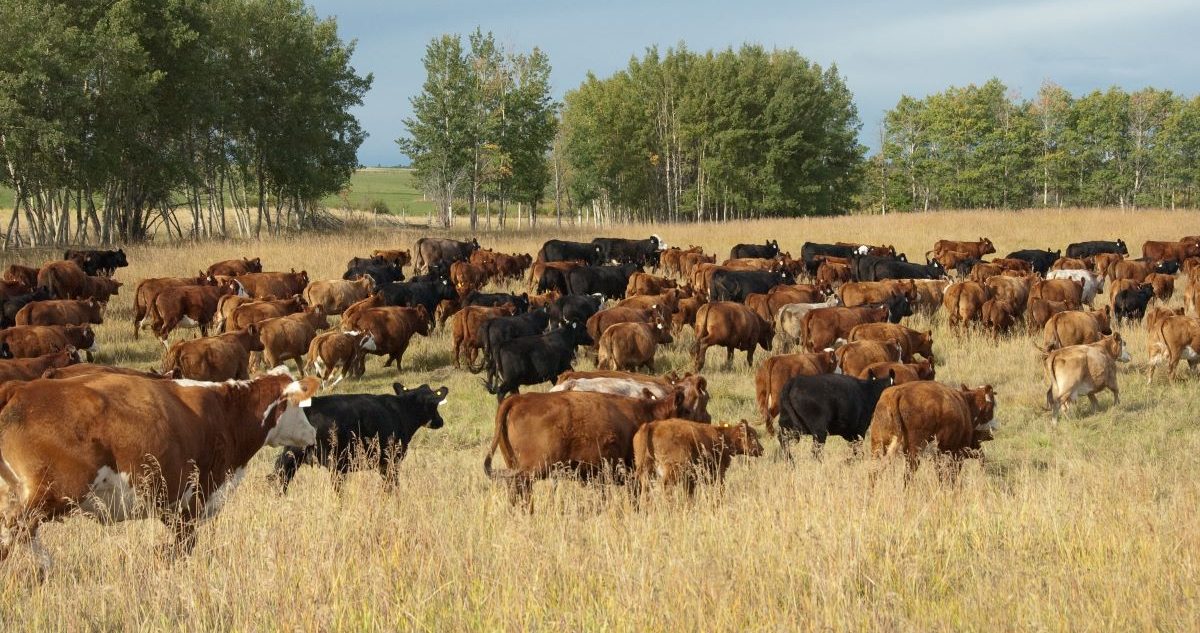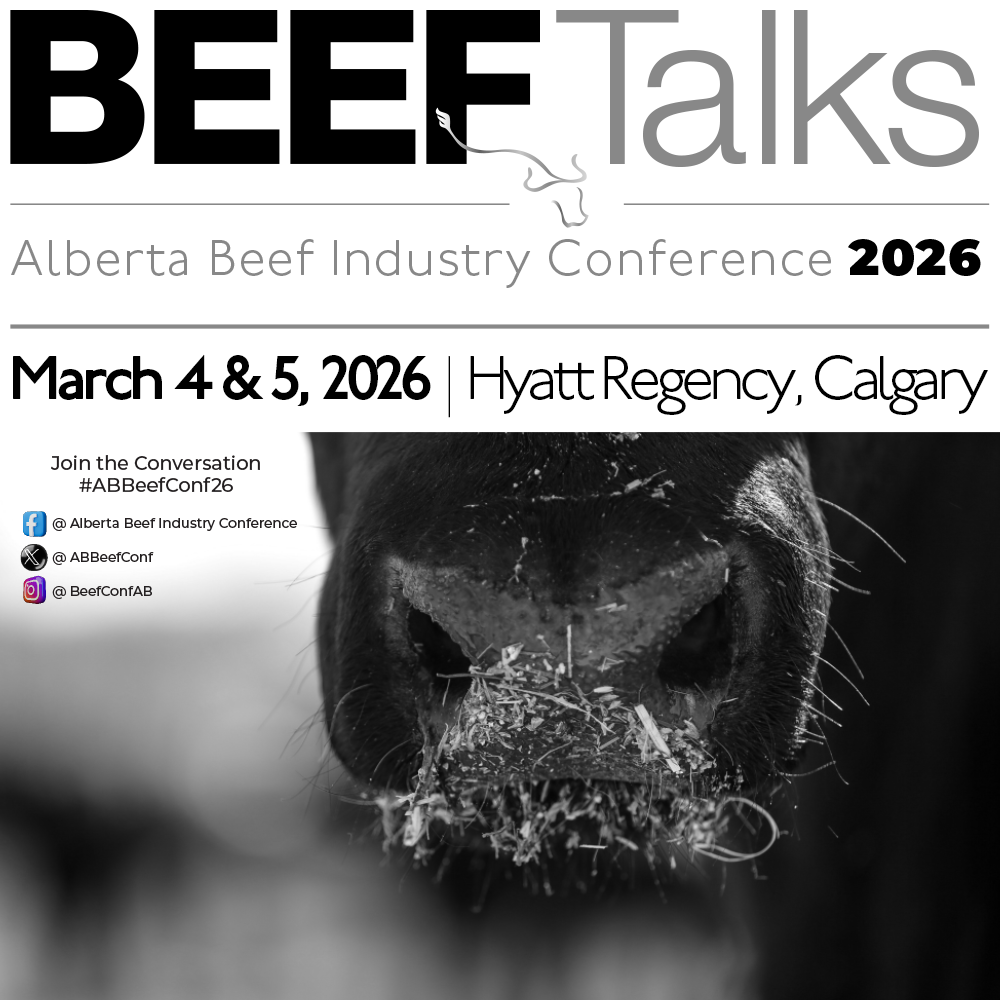AB Direct - Steers
Rail: ---
AB Direct - Heifers
Rail: ---
US Trade- Steers
Rail: ---
US Trade - Heifers
Rail: ---
Canadian Dollar
0.19

Canfax Weekly Article | Report for the week of October 2, 2023
Light Alberta cash trade saw dressed prices fully steady with the previous week at $390/cwt delivered. Weighted average steer prices closed the week fully steady at $232.80/cwt. Following previous large heifer marketings, heifer trade was limited last week, and a price trend was not established. All major packers procured cattle, and delivery dates varied from mid‑October to early November. A few cattle also traded south on a formula five area average. Western Canadian fed slaughter for the week ending September 23 was 12% lower than the previous week at 40,909 head, and YTD was down 7% to 1,537,404 head. Fed cattle/cow exports to the U.S. for the week of September 16 realigned 47% larger than the previous four-day week to 13,250 head and were 57% larger than the same week last year.
Over the past month, Alberta 6-weight steer prices have strengthened $14/cwt. Not only have spot prices increased, but forward delivery prices have as well. Based at 631 lb, current cash prices are $11/cwt higher than August and $20/cwt higher than the July forward delivery price. U.S. feedlots have a cost of gain advantage over both Western and Eastern Canadian feedlots. This is the first time the U.S. has had a cost of gain advantage over Eastern Canada since February 2022. Over the past three weeks, Canadian feeder cattle exports to the U.S. have averaged 5,066 head per week compared to 1,832 head per week last year.
Western Canadian cow prices have declined for 11 consecutive weeks, dropping $23/cwt. Weakness has been noted in both the U.S. and Ontario markets, but to a much lesser degree. Over the past four weeks, Western Canadian cow slaughter is 27% higher than last year. From mid-August to mid-September, this is the second-largest cow slaughter over the past 12 years. Averaging $131/cwt, D2 cow prices are at the lowest point since April. Alberta cow prices are trading at a $12/cwt discount against the US utility cow market. Butcher bulls traded $2/cwt stronger last week.
Bull:
- North American market-ready inventories are moderate.
- Moderate U.S. buying interest has been reported.
- USDA’s August beef in cold storage stocks were up 2.7% from July, but down significantly 17.9% from last year.
Bear:
- Supportive beef cutout values typically soften through October.
- Carcass weights are expected to trend larger through October.
- From mid-August to mid-September, Western Canadian cow slaughter was the second largest in the past 12 years.


